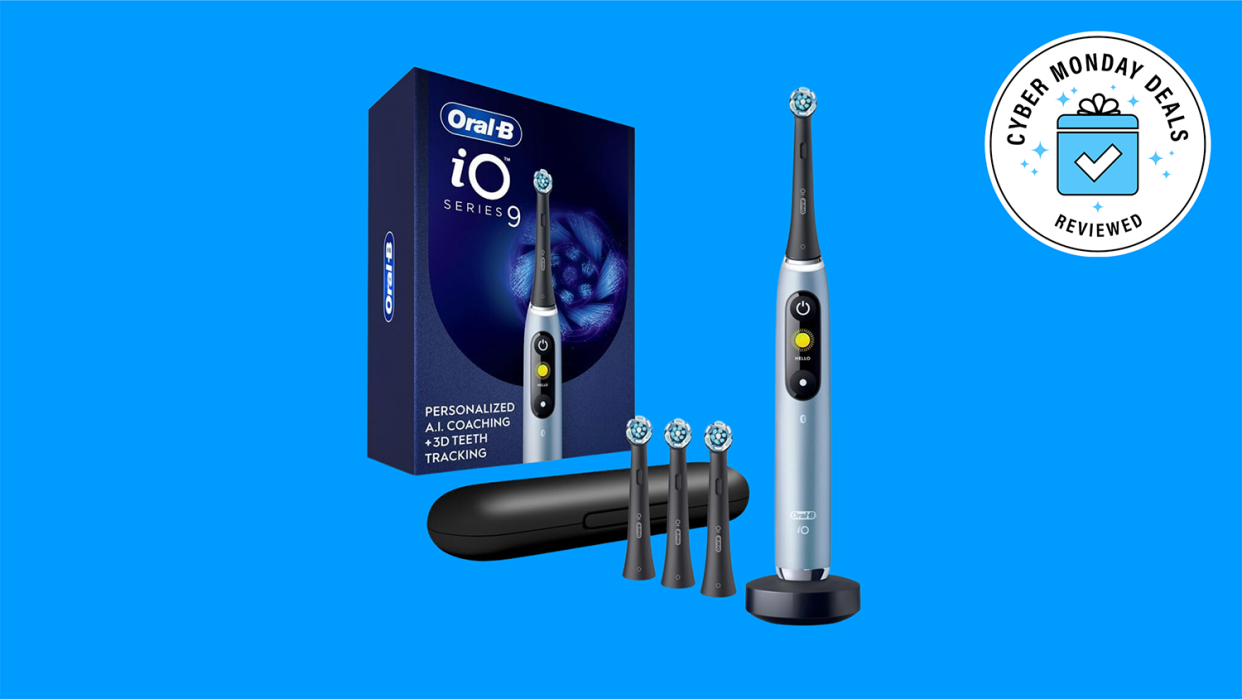AI is the new HD: But what 'AI' makes a toothbrush worth $400? | Gadget Daddy

Technical writers who have been around long enough to remember when cathode-ray tubes were used in television sets also remember when it made sense to use the term "high definition" when referring to picture clarity.
Those were the days when high definition actually meant something. People liked HDTV. So advertisers started looking for a way to exploit it.
By 2011, Sam Biddle, a writer for Gizmodo, an online technology magazine, had enough and wrote an article about how HD became corrupted. It was titled "Companies: Please Stop Calling Things 'HD' Because It's Driving Me Completely Insane."
His first case in point? The "Swiffer HD Clean." Swiffer makes great cleaning products, he said, but added, "Calling their new line of rags and whatnot the 'HD' series is asinine."
Americans don't know a lot about money But there are apps (and web pages) for that | Gadget Daddy
High definition can be quantified when referring to resolution. It's a high-tech term. So if you want your Swiffer to sound high-tech, call it HD.
Swiffer might have avoided such criticism by saying the HD designation stood for "Heavy Duty" — had it not issued a press release to introduce the new "high tech" product.
The press release began: "How clean is your home, really? Swiffer is redefining the meaning of 'clean' with upgraded products featuring their latest High Definition technology. The new Swiffer High Def line gets your home ready..."
What, indeed, is "High Definition technology" about a dust rag?
Swiffer was not the only company to exploit HD's popularity as a superior-sounding abbreviation. Ordinary ink became HD ink. Skin lotion turned into HD lotion. HD sunglasses came into being.
HD faded a bit over the decades, but it's been replaced by another two-letter, high-tech abbreviation: AI.
And artificial intelligence is getting the same treatment that HD received. This month, Shira Ovide, tech columnist for The Washington Post, wrote a column with this headline: "This $400 toothbrush is peak AI mania."
"Businesses large and small are racing to show off to their employees, shareholders and you that they are all-in on new magical AI," she wrote. "I’ve seen a lot of tech frenzies come and go, but AI mania is truly out of control."
Forgive this one-minute intrusion: Amazon demanding $3 a month to keep Prime Video ad-free | Gadget Daddy
Ovide's Exhibit A: Oral-B’s toothbrushes with AI. The marketing material for the $400 model notes it has "AI Position Detection" and "3D teeth tracking with AI." Ovide wanted to get all this AI gibberish translated into English, so she "asked representatives of Procter & Gamble, which owns Oral-B, what exactly is AI about this toothbrush."
"They declined to comment." Sometimes saying nothing says quite a lot.
Ovide concluded: "We will get past the mania of companies shoving mediocre or pretend AI into every product and telling you that it’s glorious. It just doesn’t feel that way right now."
This column, by the way, was composed using an HD keyboard in conjunction with grammar-enhancing AI software.
Lonnie Brown can be reached at LedgerDatabase@aol.com.
This article originally appeared on The Ledger: What kind of 'AI' is in that $400 toothbrush? | Gadget Daddy

